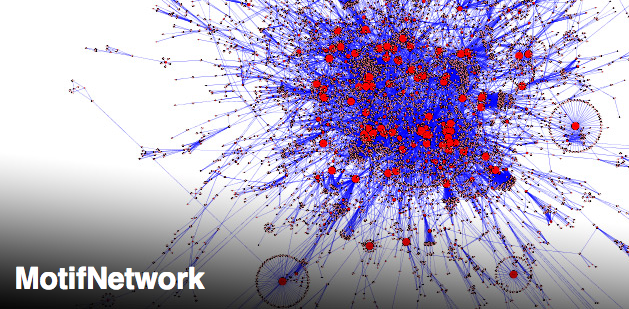Overview
Traditionally, bioinformatics has been organized around the concepts of genes and gene products, typically proteins, that are analyzed by similarity of amino acids. However, proteins contain functional domains that define their activity and mode of regulation. Evolution occurs through the process of deletion, insertion, and transfer of these domains as well as by mutations at individual sites. Databases of functional domains are developing, but there is a need for a high-performance computational environment to facilitate the integrated analysis of proteins by domains as well as by amino acid sequences. In addition, the growing size and comprehensiveness of biological databases requires the creation of a bioinformatics tool which is grid-enabled with automated workflows in order to provide researchers with the ability to do richer analysis and draw deeper inferences from biological data.
RENCI’s Role
In a collaboration with the National Center for Supercomputing Applications (NCSA) at the University of Illinois at Urbana-Champaign, RENCI has developed MotifNetwork, a comprehensive software environment designed to illuminate understanding of functional domains in proteins using high performance computing (HPC). The technology provides access to high-throughput, domain-based analysis of genome-size collections of input sequences.
The genomic researchers using MotifNetwork hope that one day the software will be comprehensive enough to be applicable to a variety of disciplines, including medicine, agriculture and environmental science, systems biology, and gene annotation.
Project Team
Jeffrey L. Tilson
Partners
National Center for Supercomputing Applications
Resources
Tilson J.L., Blatecky, A., Rendon G.,Mao-Feng G., Jakobsson, MotifNetwork: Genome-Wide Domain Analysis using Grid-enabled, proceedings of 7th International Symposium on BioInformatics and BioEngineering, IEEE, 2007.
Tilson J.L., Rendon G.,Mao-Feng G., Jakobsson, MotifNetwork: A Grid-enabled Workflow for High-throughput Domain Analysis of Biological Sequences: Implications for study of phylogeny, protein interactions, and intraspecies variation, proceedings of 7th International Symposium on BioInformatics and BioEngineering, IEEE, 2007. Best Paper Award


